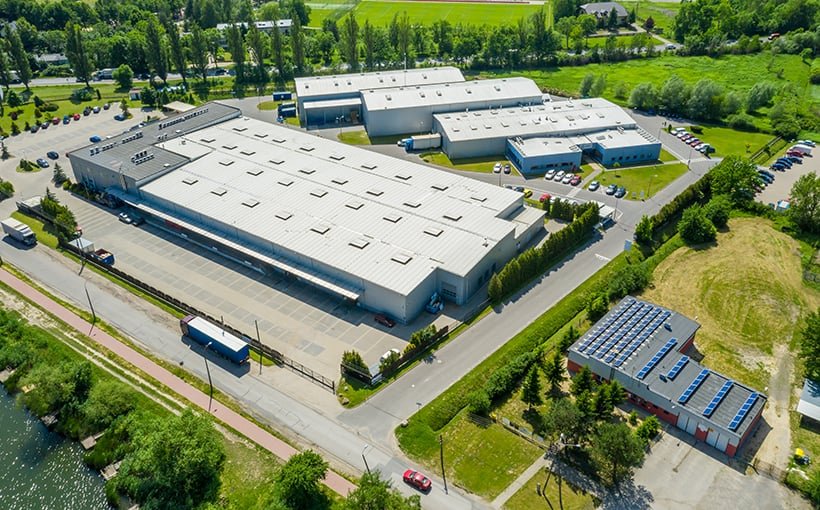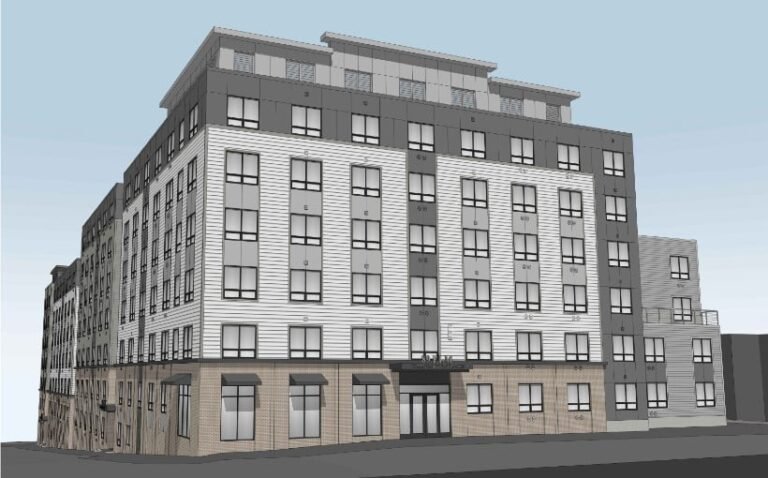

Despite increasing vacancies and slowing absorption, demand for industrial space (especially logistics, manufacturing and e-commerce) continues to grow. In an effort to accommodate the shifts, developers and investors are moving toward larger buildings.
However, according to a recently released JLL report, “How Land Scarcity Impacts Industrial Real Estate Decisions,” one issue preventing a plethora of these larger buildings from coming online is “the availability of land on which to build or expand facilities,” report author Sharon Wortmann, JLL Managing Director, wrote. “Land scarcity is influencing leasing decisions for industrial and logistics companies because of the very real financial and operating impacts that result from it.”
The Reasons for the Issues
Wortmann listed several reasons why land scarcity is a real issue in the industrial sector:

Aging inventory. The report indicates that much of what is already in place is growing old. At the same time, demand supports new facilities with larger spaces. “Mega-box buildings display the strongest pre-leasing rates in both newly delivered assets and current buildings under construction,” Wortmann commented.
Zoning restrictions. Depending on the state, regulations can limit the available land supply for industrial development. Citing California as an example, Wortman points out that SB 330 legislation makes it difficult to rezone residential land for industrial purposes. Furthermore, “the state’s recently passed AB 98 will impose restrictions on where new industrial properties may be located, as well as impose landscaping and screening requirements,” she added.
In addition to limiting industrial product, scarce land impacts returns. Commented Wortmann: “Land pricing and rental rates are directly correlated, as are construction costs. In some markets, rents are currently down, construction pricing is up, and return on cost is increased, which places upward pressure on yields and downward pressure on land prices.”
Are There Answers?
Wortmann suggested that industrial developers and investors need to change their stance, especially in areas in which space and land are constrained. Some suggestions offered included:

- Converting underutilized retail, office and manufacturing sites for logistics use
- Considering multistory warehouse concepts and vertical builds (though these can be pricier to build, meaning higher rents)
- Incorporating data and a long-term perspective into location decisions involving lease renewals, land acquisitions or build to suits
Wortmann also advised that third-party experts could provide insight and analysis to help determine strategies in land-scarce markets. Real estate advisors, architects, land-use attorneys and land consultants can help increase understanding and support decision-making.
The post Industrial Real Estate Decisions Bound by Land Scarcity appeared first on Connect CRE.






